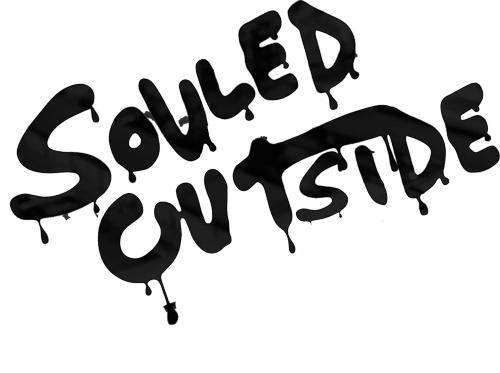I could hear the wave roaring towards be through the pool “Johnny Utah. Be Johnny Utah,” I told myself.
After almost an hour of beatings, I’d taken enough punishment from the waves. Time after time, I’d paddled hopefully into their arms only to be smacked down under the surface and bounced back to shore. My surfboard had taken nose dives, caught edges, and flipped countless times. The freezing water had been shot into my eyeballs, up my nose, and into every cranny of my oversized, rented wetsuit. But I wasn’t going to quit.
“Johnny. Utah.”
“Stand up.”
I closed my eyes, focusing on the sound of the wave and the motion of the water. I paddled with the wave. I planted one foot on the board, brought the other foot around, and…surfed.
I surfed that wave hard—all the way to shore—and rose my hands in victory. I’d done it. I had learned to surf. And I’d done it in an unlikely spot on the map. I wasn’t in California or Australia or Hawaii. I was in Wales.

Snowdonia National Park sits on 823 square miles of northern Wales, not far from the coast. In years past, it’s been a home to English invaders, Welsh princes, Celtic armies, Roman invaders (sensing a theme?), Druids, and Iron Age civilizations of which virtually nothing is known. Their ruins litter the area like a real-world Game of Thrones.
These days, the Snowdonia is home to hikers, bikers, white water rafters, campers, and apparently even surfers. In other words: if surfing seems mysterious here, it’s the least of this country’s mysteries.
I’d arrived here via parachute.
No, not the kind of parachute you get when you jump out of an airplane—the kind you get when you exceed the weight limit of a zip-line. The fatter you are, the faster you fall; and apparently I clocked in just one kilogram over the line. So, I made a walk of shame away from the launch point and back to the weigh-in counter at one of Snowdonia’s zip-line outfitters, shedding a few articles of clothing just to make the cut.
I’m glad I did.
2018 has been a banner year for adventure sports. It’s been a banner year for conquering fear. Flying off the top of a Welsh mountain attached to a steel cable might have scared the hell out of me just months before; but honestly, I’d been looking forward to it. In less than a year, I’d already conquered scuba diving in Fiji, rock climbing in Memphis, horseback riding in New Mexico. I was ready to jump.

After the first flight, I was confident I could hit the slopes all day. Besides, I was way too nervous about the next day’s surfing to worry about falling from the sky. Zip-Lining is easy. Most of you can do it. Just sit down and hang on. Enjoy the views, and let your fat man’s parachute do the rest.
Together, the chute and I flew over abandoned mines. We raced other zip-liners. We were, for a moment, like eagles, or maybe more like the resident ravens circling cliffside ruins below.
And then, we retired to a Souled Out staple, taking refuge in a tent village for the night, overlooking the mountains from behind the glow of a sunset campfire.
The ravens and the fire have a way of transporting me two years back in time to another world. I sat there by the fire, recalling black wings and red flames in Colorado, Wisconsin, Wyoming. I thought about lonely mountainside sunsets in Idaho and Washington; in California and Nevada, dumbfounded at hundreds of days and the 5,000 miles in between. In the same way that they always do these days, the fire gave me a sense of being.
Except this time, I wasn’t alone.
I’ve graduated, I guess. Rather than solo self-explorations, I’m able to take other people on their own journeys now as well. Need a fire built? I can do it. Need a campfire fairytale? We can arrange that. But I’m not hosting tours, I’m just tagging along on them. Those lonely fires across America in 2016 led to new opportunities in 2018. They led to travel writing for other outlets—ones that, unlike this blog, a lot of people read. Those outlets lead to invitations to join other groups of writers and explorers in places like this.
I sat by the fire in Wales, with two voices echoing in my mind: the ravens above, and an old friend from back home, a guy who’d taken over my desk in a South Memphis print shop after a shooting sent me packing. “How’d you do it?” he asked. “How’d you get out?”

There’s a montage in Point Break, the 1991 film starring Keanu Reeves as Johnny Utah. In the scene, the uptight Utah learns to surf from Patrick Swayze’s larger-than-life California surfer character. The two become fast friends, Swayze showing Utah the ropes of surfer life; Utah doing his all to adapt.
There have been a lot of Patrick Swayze’s in my life. Former bosses; current bosses. Editors, photographers, fellow writers, that have all taken time to show me the ropes. In between, I’ve given my all to try and hone my skills. From building campfires to videography, it’s always a work in progress and I usually have people behind me to offer encouragement or wisdom.
When the shooting happened, the print shop family supported me even as I walked out the door. When I go back to Soulsville to visit, they still do. But I wouldn’t have met other Swayze’s if I had not taken the first step out the door. That led to moving, being fired, washing dishes, and 60 hour work weeks. It led to 6:00 a.m. radio shows and 12:00 p.m. print deadlines. It led to sticking my nose in every place it didn’t belong until I found a place that worked.
It led to road trips that, at first, only crossed the state. Then the country, then the world.
Until today, I’ve never had a parachute.
Near the end of Point Break, Swayze tries to kill Johnny Utah. Freedom can be fickle, it seems.
Maybe one day this crazy world will try to kill me again, too. But I don’t plan on hitting the brakes—because I got out by getting lost. Every campfire reminds me of that. And every campfire reminds me that you can get lost too.









